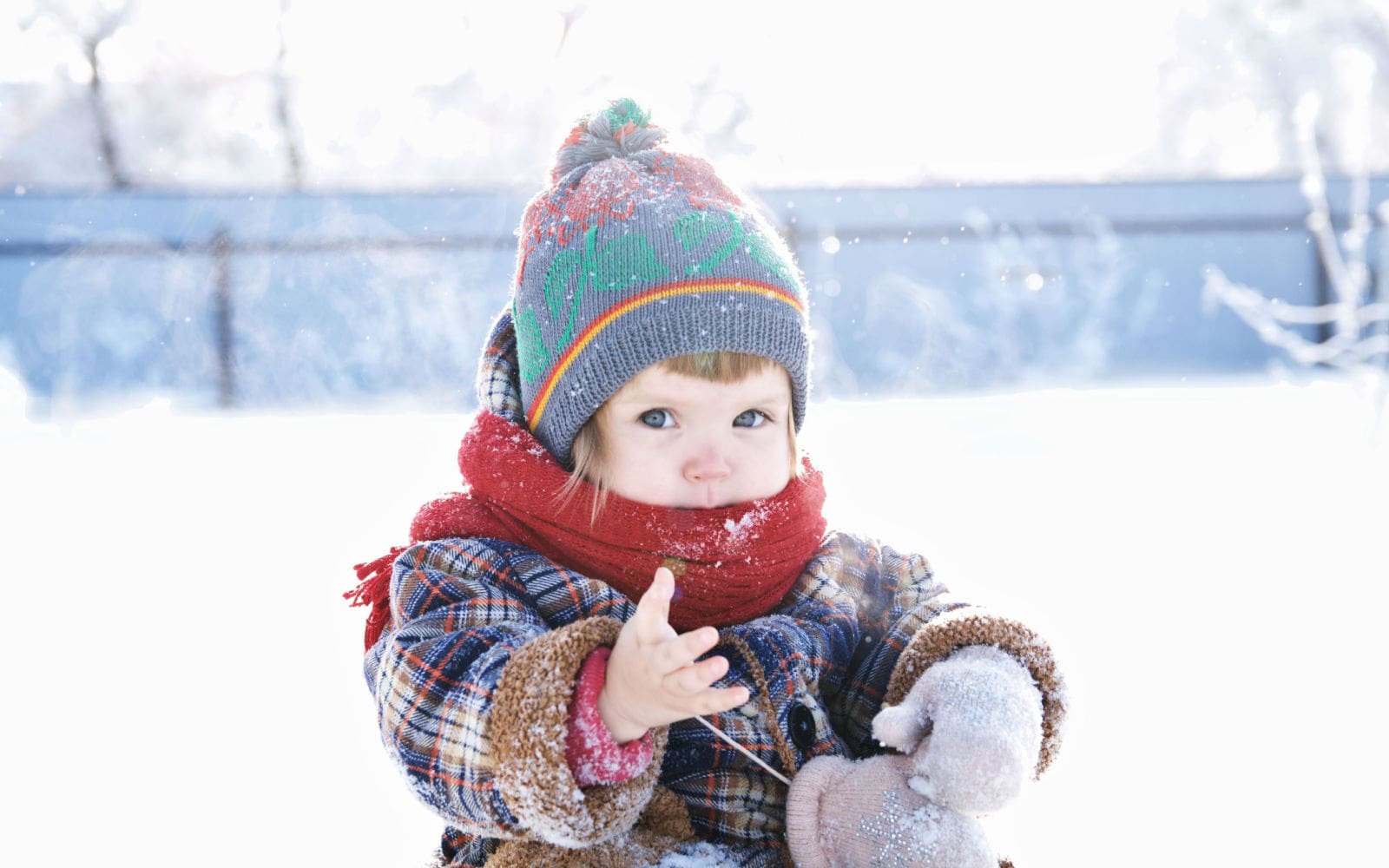No matter what weather winter brings, it’s essential to ensure that your children remain warm and secure throughout the season. Between rushing to work, getting them to school, and outdoor activities with the family, this can be challenging to keep up with. Keeping your children warm will help keep their immune systems strong as they play outdoors. This will help keep them from developing wintertime illnesses that can take away from their seasonal joy.
What To Do To Keep Kids Warm In Winter
Infants and children alike need to be warmly dressed when heading outdoors during the cold winter months. While previous wisdom may have been to provide kids with multiple thick layers, thin layers can do the job just as well. In fact, several thin layers can be an effective way of keeping them warm, especially when hats, mittens, warm boots, and gloves are included.
In general, when planning your children’s wardrobe for outdoor travel in the winter months, you can provide them with one more layer than you need for yourself. This works well for young children and older infants. Thin, snug layers are essential to keeping children warm in the car. However, recent studies have shown it’s advisable to stay away from thick puffy jackets while in the car. They can impede the effectiveness of safety gear and put them at greater risk of injury.
When it’s time for bed, keeping them snug and warm is essential. When young children are involved, it’s crucial to avoid packing them in with warm blankets. Fluffy blankets, bumpers, pillows, sheepskins, and other heavy articles have been associated with infant suffocation deaths. Instead, ensure they wear layered sleep clothing such as wearable blankets or one-piece sleepers.
Cold winter risks to watch out for include:
- Hypothermia: This condition occurs when your child’s body temperature drops below the normal baseline. This can occur due to exposure to cold temperatures, but being wet in these temperatures can cause problems even when wearing proper clothing. Children are more prone to developing hypothermia than adults. Signs of hypothermia include lethargy, unusual clumsiness, and shivering. In severe cases, their speech may become slurred.
- Frostbite: Frostbite occurs when the extremities (toes, fingers, noses, etc.) become frozen. This process begins with the outer tissues, such as the skin. If you notice that these extremities are becoming gray, pale, or blistered, immediate action is needed. Your child may also report that their skin has become numb or feels burning. It’s vital to warm these areas slowly with warm (not hot) water, and do not rub these areas as this may cause damage.
Speak To Your Pediatric Specialist To Learn More
Learn more about wintertime safety and warmth for children by contacting your pediatrician. They’ll provide you with additional information to help keep your child safe during winter. Winter can be a wonderful time of fun, spent building incredible memories that will last a lifetime. Taking steps to keep them warm and safe as they build these memories ensures you can share them together.





